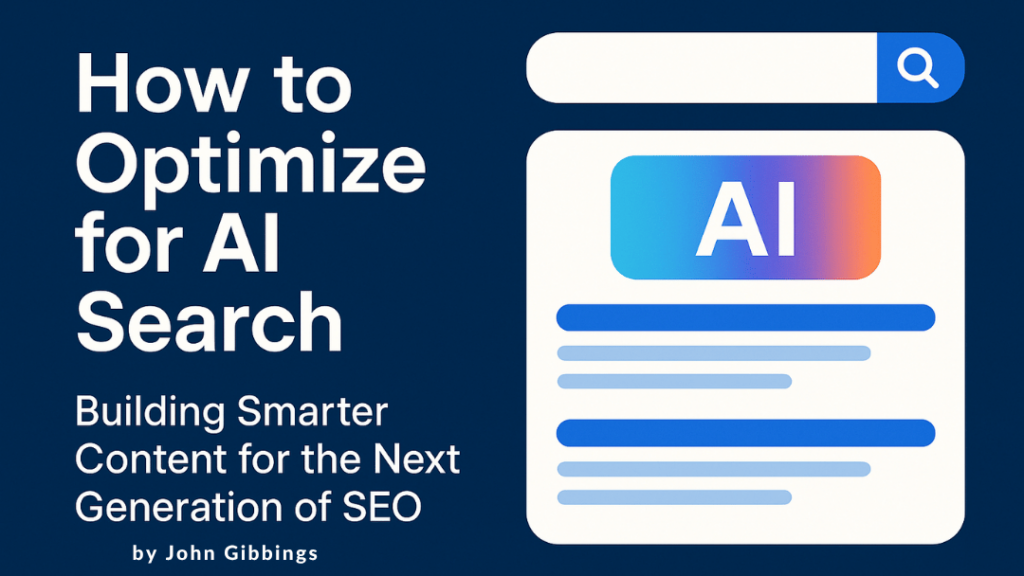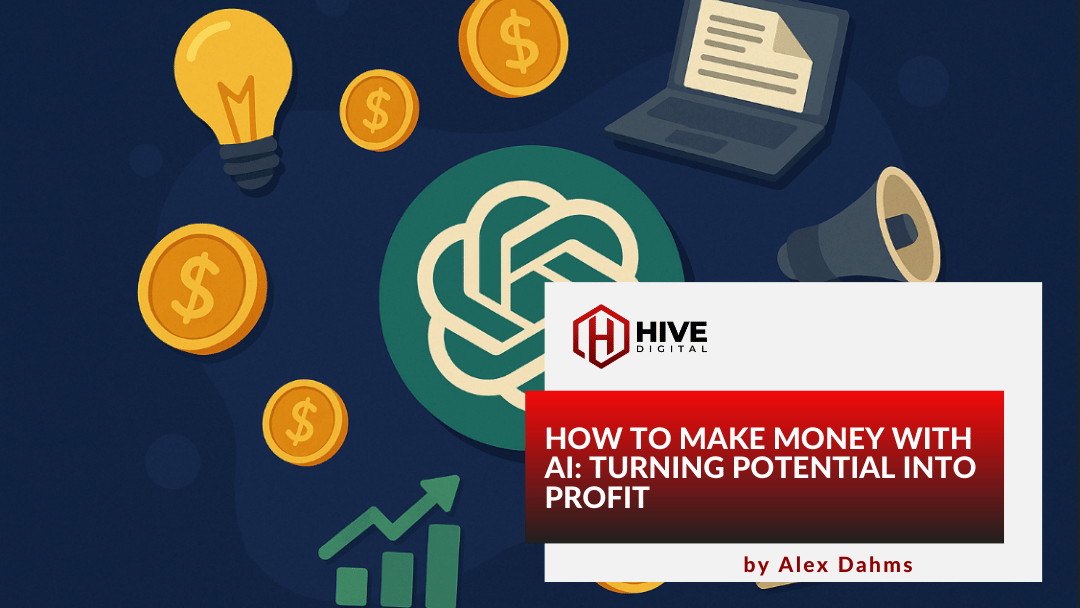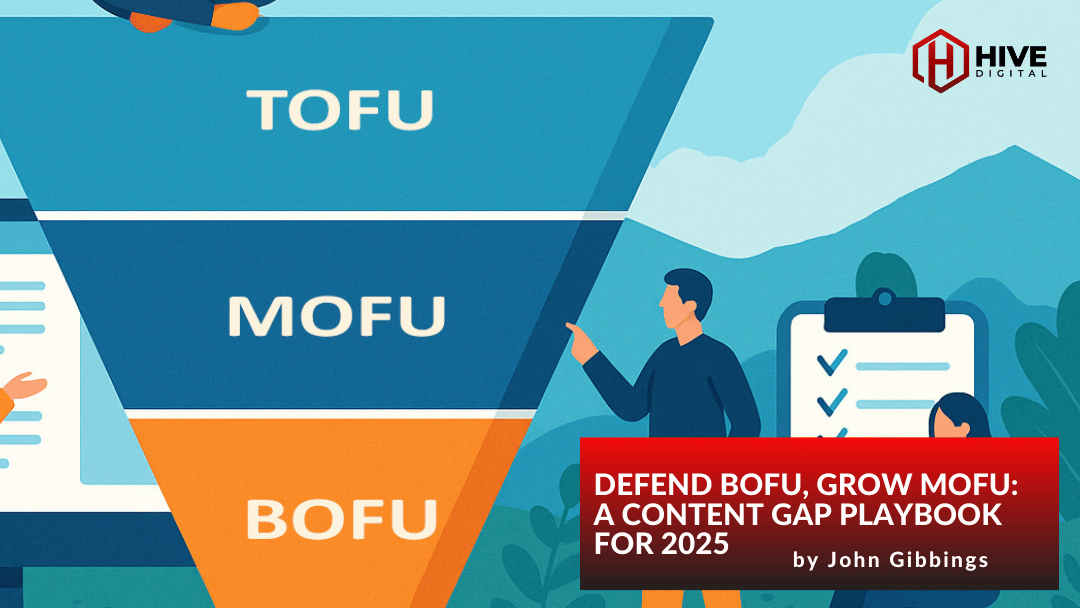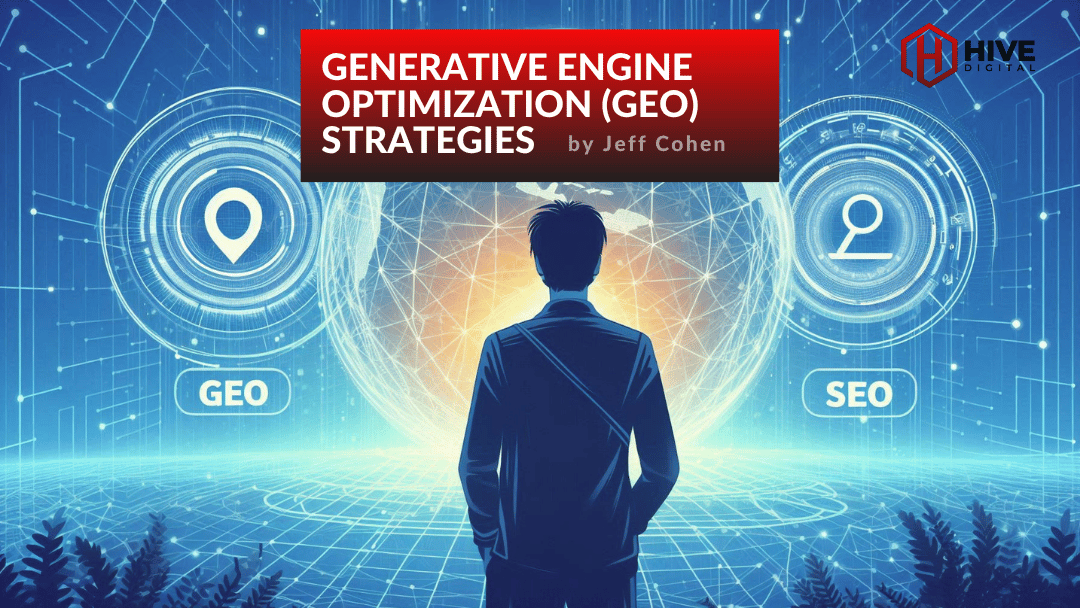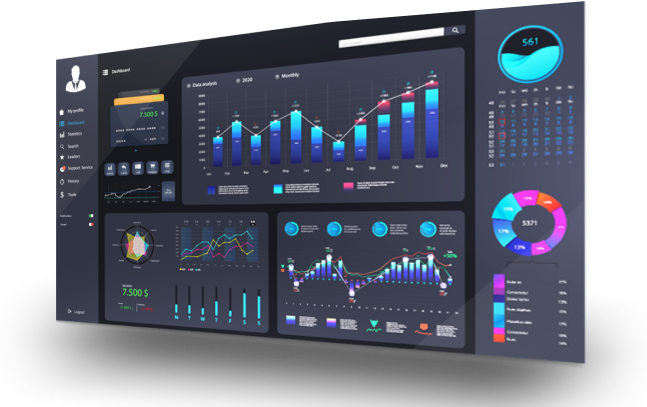Building Smarter Content for the Next Generation of SEO
Search behavior isn’t what it used to be. Thanks to platforms like Google’s AI Overviews, Bing Chat, and ChatGPT Search Assistants, the way users discover and interact with information online has shifted dramatically. These tools summarize and deliver answers directly in the search interface, often eliminating the need to click into a website at all.
For marketers and SEOs, this change presents a clear challenge: how do you maintain relevance and visibility when your content might be seen but not visited? In this article, we will discuss how AI search works, what Search Engines recommend, and how content creators can evolve their strategy to remain competitive.
Understanding AI Search and the Shrinking SERP
AI Search isn’t a feature. It’s a shift in how people discover and engage with information. Traditional search engines provided a menu of links. AI-driven tools offer conclusions. The difference is subtle but impactful. Instead of parsing through ten results, users scan a curated answer panel generated by machine learning systems trained on the open web.
These AI-generated summaries reflect personalized context, adapting to user history, intent, and device. What is shown isn’t static. A search for the same topic may yield different summaries for different people. This introduces complexity for SEOs. It is no longer about ranking higher, it is about being selected for citation, if you’re cited at all.
Google’s implementation of AI Overviews has compressed valuable organic space on the SERP. With paid ads up top and AI answers above the fold, organic links have been pushed further down. It’s a zero-click environment in the making, and many businesses are already feeling the impact through lower CTRs despite rising impressions.
Additionally, Google has reported that AIO has led to a 10% increase in search queries, suggesting that these AI summaries are delivering meaningful information to users. More notably, AIO appears to drive refinement behavior. Users clarify their intent and search again, meaning your content may still play a role later in the funnel, even if it’s not clicked immediately.
What Google Has (and Hasn’t) Told Us
Google’s public guidance reinforces something many experienced SEOs already suspected: visibility in AI Overviews is tied to content quality, not manipulations of ranking elements. The Google blog confirms that there are no hidden tags or structured data requirements to be featured. Instead, the systems rely on established ranking signals like the Helpful Content System to identify content worth summarizing.
This means clarity, structure, and usefulness win out over keyword stuffing or superficial topical coverage. Google’s treatment of links hasn’t changed either. Hyperlinks still contribute to authority, but context matters more than ever. Their algorithms assess not only where a link points, but how it’s introduced and supported within the surrounding content.
The overarching principle is simple: build for users, not bots. AI is just an added filter.
How Hive Digital’s Framework Aligns with AI Optimization
At Hive Digital, our approach to content was built around audience needs long before AI summaries took center stage. We begin every engagement with user behavior and intent mapping. Understanding what motivates a person to search, what terms they use, and what kind of answers they expect allows us to design content that’s aligned with real goals, not just high-volume keywords.
Content planning follows a cluster-based model. Instead of isolated blog posts, we develop topic clusters that reflect the breadth and depth of a subject. For example, targeting “AI search optimization” wouldn’t stop at one article. We would build supporting content around concepts like zero-click SEO, structured data strategy, and how to track performance without traditional click data.
This topical authority matters. AI systems favor sources that demonstrate comprehensive subject knowledge. When your site becomes the best available explanation for a topic, it’s more likely to be referenced within the AI Overviews.
We also ensure content is structured for readability. That means clear headers, short paragraphs, embedded definitions, and purposeful formatting. These elements make it easier for generative systems to parse and quote the content accurately. But more importantly, it makes the experience better for human users.
Measuring the Right Metrics in an AI-Driven World
Recent UX research by Kevin Indig offers practical insight into how brands can better position themselves within AI Overviews. The study found that most users skim only the top third of the AI panel, which means brand citations need to appear near the top to be noticed. With a median scroll depth of just 30%, few users explore beyond the initial summary. Placement and formatting matter. Being concise, clear, and upfront increases your chances of being seen.
Interestingly, trust and scroll behavior were positively correlated, with deeper scrolling linked to higher trust levels (ρ = 0.38). The study also noted that mobile users aged 25–34 are particularly active in selecting AI Overviews as their final answer. When users do leave the AI summary, many navigate to Reddit, YouTube, or forum-style content, suggesting that a blend of factual clarity and social proof helps influence post-AIO engagement. This is where a brand’s presence across social platforms becomes especially valuable. It’s not just about being visible. It is about using that visibility to reinforce expertise, shape perception, and control the narrative around your authority in the space
Visibility doesn’t always show up in your dashboard. With Google currently unable to properly track AI Mode traffic in Search Console, SEOs must learn to infer impact through indirect signals. When you see a rise in impressions but a drop in clicks, it’s a strong indication that your page is being seen by AI but not clicked.
Rather than sounding the alarm over lost clicks, which leadership teams may be tempted to do, it’s smarter to examine how users engage once they land on your site. Track interactions with embedded videos, gated asset downloads, scroll depth, and newsletter sign-ups. If your user journey includes pages like Blog → Features → Pricing → Contact, then map out where users exit and why.
Even though the top of the funnel is changing, the mid-funnel remains an opportunity zone. Users who refine their searches after reading an AI Overview are still researching. If you’ve built the right kind of content, they may end up on your site on the second or third click.
The Technical Foundation Still Counts
While AI Overviews don’t rely on special markup, structured data and clean page architecture still provide context and help your content stand out. Schema markup makes relationships between ideas explicit. A well-structured HTML hierarchy improves parsing. Fast load times, accessible design, and mobile optimization all contribute to the trustworthiness and usability of your content.
These elements might not guarantee inclusion in an AI summary, but they certainly won’t hurt your chances.
Visibility Beyond Google
The race to control the future of AI search isn’t limited to one brand. Bing’s integration of Chat and Microsoft Copilot, ChatGPT’s Search Assist, and future platforms like Gemini or Grok are already exploring how to surface content without relying on traditional link-based models.
The common thread is this: AI platforms aggregate from many sources. To stand out, your content needs to be distinctive, verifiable, and consistent in tone and substance. Factual accuracy, unique insights, and clean authoritativeness are more likely to be recognized and repeated.
As Patrick Stox pointed out, there’s a social contract between search engines and website owners. Bots crawl your content with the expectation that traffic will follow. If that traffic disappears entirely, site owners may start blocking access. The first generative platform to report referral data transparently will gain a huge advantage.
Final Thoughts: The Fundamentals Still Apply—But the Bar Is Higher
AI search raises the expectations for clarity, structure, and topical completeness. But it doesn’t rewrite the rules. If anything, it sharpens the consequences of cutting corners.
To stay relevant, your content strategy must prioritize solving real user problems rather than simply mirroring queries. Structure should support both human readability and machine parsing, with clear headings, accessible formatting, and clean code. Consider how your content addresses evolving search intent across the funnel, from discovery to decision. And rather than relying solely on clicks, evaluate engagement holistically by mapping user behavior throughout the journey.
Good SEO hasn’t gone away. It’s just growing up.
Need help future-proofing your content?
Let Hive Digital help you build a strategy that earns visibility in AI-driven environments, without sacrificing user experience or conversion potential. Request a consultation today.

